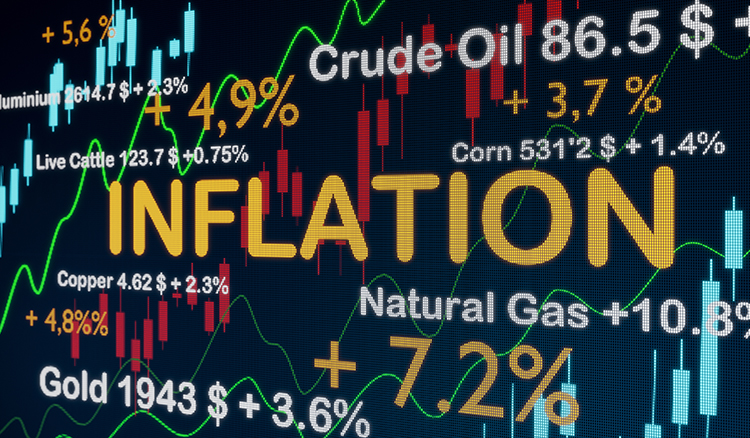
Inflation. Interest rates. Recession.
Those are among the many elements that business and government leaders are trying to balance to keep the economy moving forward. Earlier this week, the U.S. Labor Department announced that the November Consumer Price Index (CPI) rose by 0.1% when compared to the rate one month earlier in October 2022. That 0.1% inflation movement was the slowest pace since December 2021.
Even though inflation eased for a one-month window, we are about to close a year in which inflation hit the highest level in four decades as goods and services, as measured by the CPI, climbed 7.1% higher when compared to November 2021.
That’s a very high inflationary environment and that’s the very reason that the Federal Open Market Committee has continued to raise interest rates. The theory works like this: the higher cost of borrowing money would cause consumer and business future spending to slow. That reduced spending, as measured in the growth in sales of goods and services, should help meter price escalation as measured by inflation.
Interest rate movement
This December’s interest rate hike is the seventh by the Federal Reserve this year. At the beginning of these interest rate hikes, the federal funds rate was near 0%. With the December 14 move, the federal funds rate shifted between 4.25 and 4.5%. The Wednesday rate hike of 0.5% was a quarter point lower after four consecutive rate hikes of 0.78%. The aforementioned rate hikes were the steepest moves since the early 1980s. The new interest rates are the highest in 15 years.
The question is, “Will this be the last rate hike?”
That’s a difficult question to answer. The answer, most likely, is no. The Federal Reserve’s goal is to have an annual inflation rate near 2%. November’s 0.1% movement is a step in the right direction to achieving that goal. However, it’s just one month. Also, even when the Federal Reserve decides to stop raising interest rates, the cost of borrowing money may remain at higher levels to ensure inflation has been stymied.
Another contributing factor to inflation is the job market. Overall, the job market remains extremely tight with employers still posting many job openings.
There is a risk of raising interest rates too high for too long. In that scenario, if the Federal Reserve raises interest rates too high, the risk is a recession.
As for the future? It will be a tough business landing for everyone, and it makes risk mitigation strategies more important than ever for those who own commodity-based agricultural businesses.








